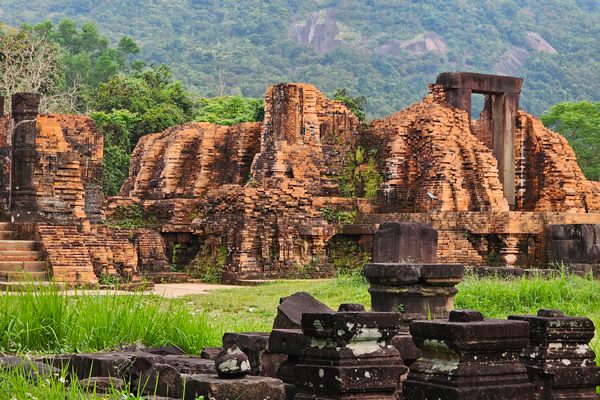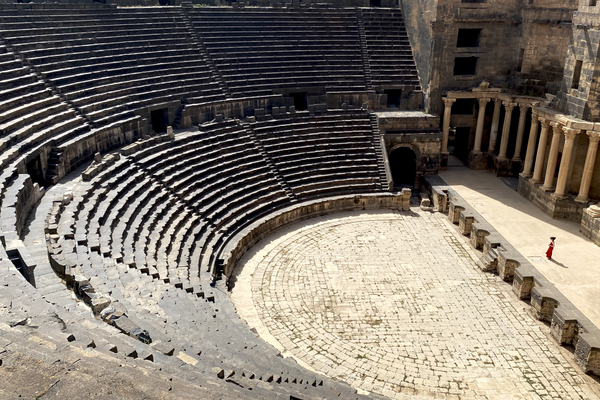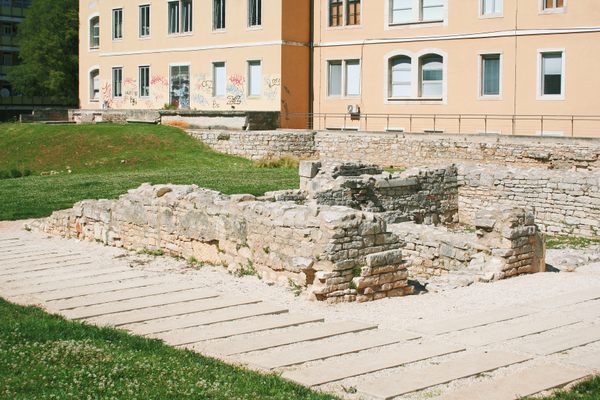About
The summer before Henry Morton Stanley made his name as the discoverer of David Livingstone in Africa, the 29-year-old special correspondent to the New York Herald took time out of his busy itinerary to carve his name into the historic monuments at Persepolis.
In the summer of 1870, the paper had sent him on a tour of Crimea, Persia, and India following his coverage of the opening of the Suez Canal. Stanley arrived at the remains of the great city decades before it was excavated. Even so, he described the enormity of some of the exposed ruins he encountered:
"Three monolithic jambs standing upright are what remain of what was once a monster double pylon. It is fifty feet in depth, the stones of which are so Cyclopean in size that one is immediately reminded of the great stones of Egypt, and the temple stones of Jerusalem. One of these blocks, which flanked the open portal, measured 17 feet 2 inches in length by four feet in height; the largest measures 21 feet 4 inches in length and 6 feet in height. The breadth of the portal is about 20 feet."
Stanley was looking at what was once the lavish center of the ancient Achaemenid Empire, founded in or around 518 B.C. by the emperor Darius I. Built on a natural terrace, the sprawling capitol was built on a monumental scale, filled with sculpted reliefs. Persepolis' downfall came when it was famously sacked by Alexander the Great in 330-331 B.C. Alexander and his men looted the treasury and allegedly burned the palace to the ground in an act of drunken destruction.
The ruins were well known but the extent of the complex was not understood until excavations at the site finally began in the 1930s under the guidance of the Oriental Institute of the University of Chicago (now known as the Institute for the Study of Ancient Cultures). For eight years, German and American researchers excavated the area around Persepolis as well as other ancient sites in Persia (now Iran), a project notable for being among the first archaeological projects to make use of extensive aerial photography.
Several major museums including the British Museum in London, the Oriental Institute in Chicago, and the Metropolitan Museum of Art in New York hold significant sculptures and artifacts from Persepolis.
Over the years, many travelers left their mark on the ruins in the form of graffiti, including of course Henry Morton Stanley. The city is now a protected UNESCO World Heritage Site and graffiti is quite illegal.
Related Tags
Know Before You Go
Most travelers depart from Shiraz to Persepolis, about 70 miles away
Published
September 16, 2010
Sources
- http://whc.unesco.org/en/list/114
- http://oi.uchicago.edu/research/projects/per/
- http://www.guardian.co.uk/books/2007/mar/24/history
- http://www.iranchamber.com/history/persepolis/persepolis1.php
- http://www.ancientopedia.com/persepolis/
- My early travels and adventures in America and Asia, Volume 2 By Henry Morton Stanley





















